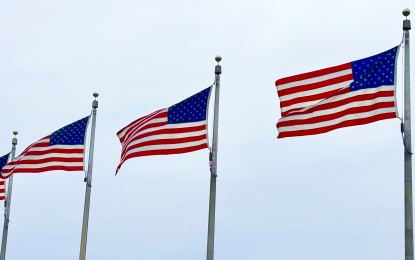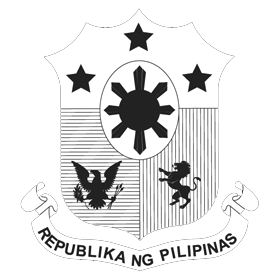
(PNA photo)
MANILA – The Philippines is being considered as a possible location for the next United States Geological Survey (USGS) Landsat ground station, the State Department has announced.
The subject was floated at the inaugural US-Philippines Space Dialogue in Washington DC on May 2, where the two states discussed ways to advance bilateral exchanges in civil space matters.
In a joint statement released on Tuesday (Manila time), the State Department said the two sides agreed that Earth observation is a “priority area for bilateral cooperation”.
“They agreed to consider the possible hosting in the Philippines of a US Geological Survey (USGS) Landsat ground station, and the Philippines expressed interest in possible expansion of cooperation, through programs such as the joint USAID-NASA SERVIR program, which expanded last year to include the Philippines,” it read.
The USGS has ground stations in South Dakota and Alaska, as well as Norway, Germany, and Australia.
These locations serve as the primary data capture and Telemetry, Tracking, and Control (TT&C) facilities for the USGS Landsat satellite missions, which document land change due to climate change, urbanization, drought, wildfire, biomass changes (carbon assessments), and a host of other natural and human-caused changes.
“We are looking at cooperation in all areas including satellite surveillance systems and yes Landsat ground station. We are full blast in all these potential cooperation between the Philippines and the US,” said Philippine Ambassador to the US Jose Manuel Romualdez in a text message.
During the dialogue, Manila and Washington DC discussed programs that also use satellites to better forecast weather patterns; support agricultural and infrastructure planning; prepare for and respond to disasters; and provide vital telecommunications services, among others.
Space for MDA
The two states also tackled the potential for “expanded cooperation” on the use of space for maritime domain awareness (MDA), including through the US Department of Transportation-led SeaVision.
SeaVision is a web-based tool that uses satellite imagery, transponders, and infrared to track ships round the clock, providing near real-time and historical information on vessel positions and details, i.e., owner, operator, and port visit history.
“Such programs can help monitor and document vessels in the Philippines’ territorial waters and Exclusive Economic Zone, ensure the safety of mariners at sea, monitor and help protect the environment, and help combat illegal, unreported, and unregulated (IUU) fishing,” the joint statement read.
The Department of Foreign Affairs said the US has been providing free access to the system since 2021, which is presently being used by the Philippine Coast Guard, the Philippine Navy, Bureau of Fisheries and Aquatic Resources, and the National Coast Watch Center.
On top of these, both countries agreed to explore capacity-building efforts and expand training programs on the use of Earth observation satellite data, development of space applications and technologies, and other space science and skills, including fellowships, scholarships, and internship programs.
The Philippines, in the same dialogue, said it is considering to sign on to the Artemis Accords, which establish guidelines to ensure safety and responsible behavior in outer space as countries explore the Moon and beyond.
The two countries also agreed to stay in close communication on expanding commercial space ties and space situational awareness.
They also recognized the importance of addressing space debris.
“Both countries agreed to continue to work together in the areas mentioned above and to explore other collaboration such as space industry sector development, including at the next US-Philippines Space Dialogue, to be held in the Philippines at a mutually agreed upon future date,” the statement read.
Philippine Space Agency (PhilSA) Director General and Head of the Philippine Mission to the US on Space Science and Technology Applications Joel Joseph Marciano Jr., Acting State Department Assistant Secretary Jennifer Littlejohn, and National Space Council Executive Secretary Chirag Parikh expressed their confidence that the inaugural Space Dialogue would deepen space cooperation for the benefit of the peoples of both countries.
PhilSA Deputy Director General for Space Science and Technology Gay Jane Perez led the Philippine delegation while State Department Bureau of Oceans and International Environmental and Scientific Affairs Deputy Assistant Secretary Rahima Kandahari represented the US delegation. (PNA)
 The Philippine News Agency is a web-based newswire service of the Philippine government under the supervision of the News and Information Bureau (NIB) of the Presidential Communications Office (PCO).
The Philippine News Agency is a web-based newswire service of the Philippine government under the supervision of the News and Information Bureau (NIB) of the Presidential Communications Office (PCO).